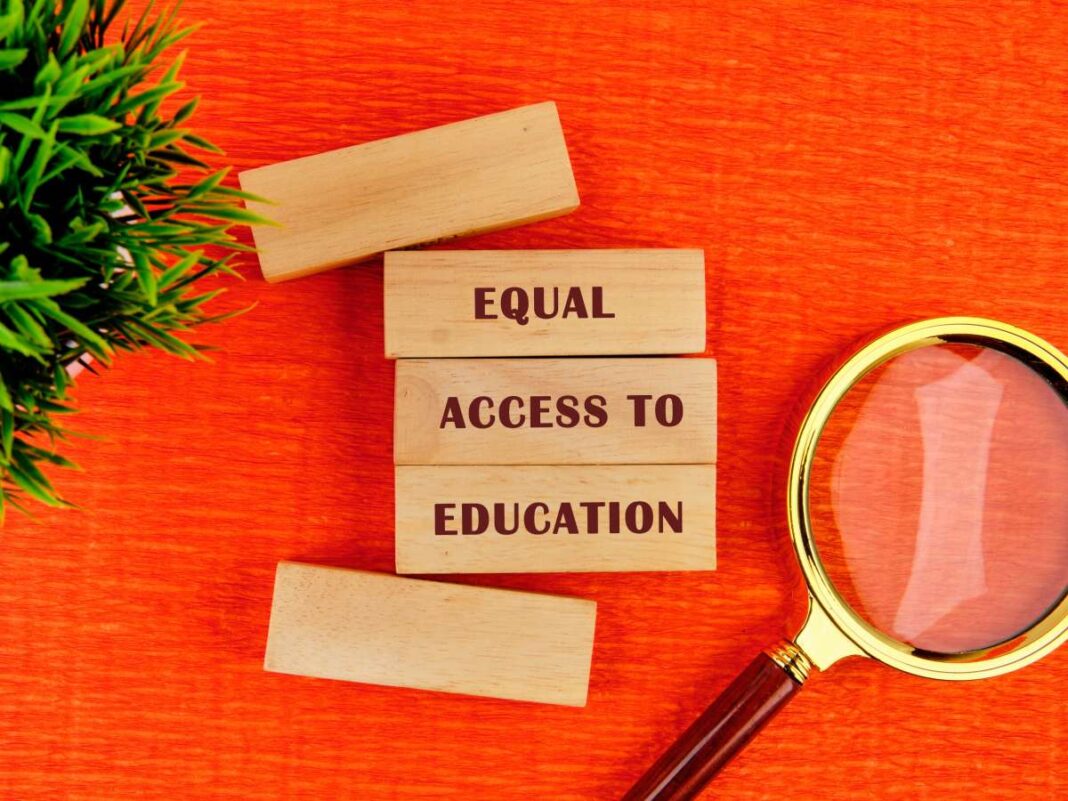In today’s rapidly evolving world, education stands as a cornerstone for personal development and societal progress. Yet, systemic challenges continue to hinder equitable access to quality education for many students, particularly those from marginalized communities. This article discusses the pressing issues surrounding educational equity and explores actionable solutions to bridge the gap.
The Uneven Playing Field
Educational inequality remains a pervasive issue, deeply rooted in systemic barriers that disproportionately affect students of low-income families and those with special needs. Many students attend underresourced schools lacking advanced courses and extracurricular programs, limiting their preparedness for higher education and future opportunities. These disparities are often exacerbated by historic decisions that reinforced segregation and unequal resource allocation.
The Impact of Underfunded K-12 Education
Underfunding in K-12 education not only affects the quality of instruction but also impedes students’ ability to compete academically. Students from certain communities frequently find themselves in schools with insufficient funding, leading to overcrowded classrooms and a lack of essential resources. This situation perpetuates a cycle where marginalized students are less prepared for college and career success.
The FAFSA Challenge
Access to financial aid is critical for low-income students seeking higher education. However, declining completion rates of the Free Application for Federal Student Aid (FAFSA) present a significant barrier. Simplifying the FAFSA process and increasing outreach efforts are essential steps toward making college more accessible for underserved communities.
The Digital Divide
In an era where technology is integral to learning, the digital divide exacerbates educational inequities. Students from low-income families and rural areas often lack access to stable internet and modern devices, putting them at a disadvantage in a technology-driven educational landscape.
Systemic Barriers and Their Ripple Effects
Systemic inequities in education have far-reaching consequences beyond the classroom. They contribute to broader social issues, including poverty and limited job opportunities. Educational inequality links directly to societal problems such as unemployment and health disparities, highlighting the urgent need for comprehensive solutions.
The Role of Discriminatory Policies
Discriminatory practices within schools, such as zero-tolerance policies and over-reliance on law enforcement, disproportionately affect students of color. These policies contribute to the school-to-prison pipeline, where marginalized students are alienated from educational environments and pushed toward the criminal justice system.
Promoting Equity Through Restorative Practices
Addressing systemic challenges requires a shift toward restorative justice and inclusive practices. Implementing restorative approaches and increasing counseling resources can improve student engagement and reduce disciplinary disparities. Such strategies foster supportive learning environments that benefit all students.
Embracing Diversity and Inclusion
Creating an inclusive educational environment is essential for promoting equity. Incorporating diverse and culturally relevant materials into the curriculum helps students feel represented and valued. This approach not only enhances engagement but also fosters empathy and understanding among peers.
The Power of Professional Development
Educators play a pivotal role in advancing educational equity. Engaging in diversity, equity, and inclusion (DEI) training empowers teachers to reflect on their biases and adopt inclusive teaching practices. Ongoing professional development is crucial for creating equitable learning environments.
Community Partnerships and Advocacy
Addressing educational inequities requires collaboration across various sectors. Partnerships between schools, universities, policymakers, and community organizations can drive systemic change. Advocacy efforts focused on resource allocation, policy reforms, and targeted interventions are key to leveling the educational playing field.
Innovative Solutions for Bridging the Gap
Organizations are implementing innovative programs to support marginalized students. For example, offering personalized math tutoring using technology and AI has shown promise in closing achievement gaps. Tailored interventions address specific learning needs, demonstrating the potential of technology in promoting equity.
The Urgency of Policy Reform
Significant changes at the policy level are imperative. Reforming funding models to ensure equitable resource distribution, simplifying financial aid processes, and upholding affirmative action policies in higher education are steps that can mitigate systemic barriers.
Looking Ahead: Building an Equitable Future
The journey toward educational equity is multifaceted and requires persistent effort. By addressing systemic challenges, embracing inclusive practices, and fostering collaboration, we can create an education system that provides equal opportunities for all students to thrive.
Conclusion
Equity and access in education are not merely ideals but necessities for a just and prosperous society. Through concerted efforts to dismantle systemic barriers and promote inclusive practices, we can pave the way for all students to reach their full potential.
